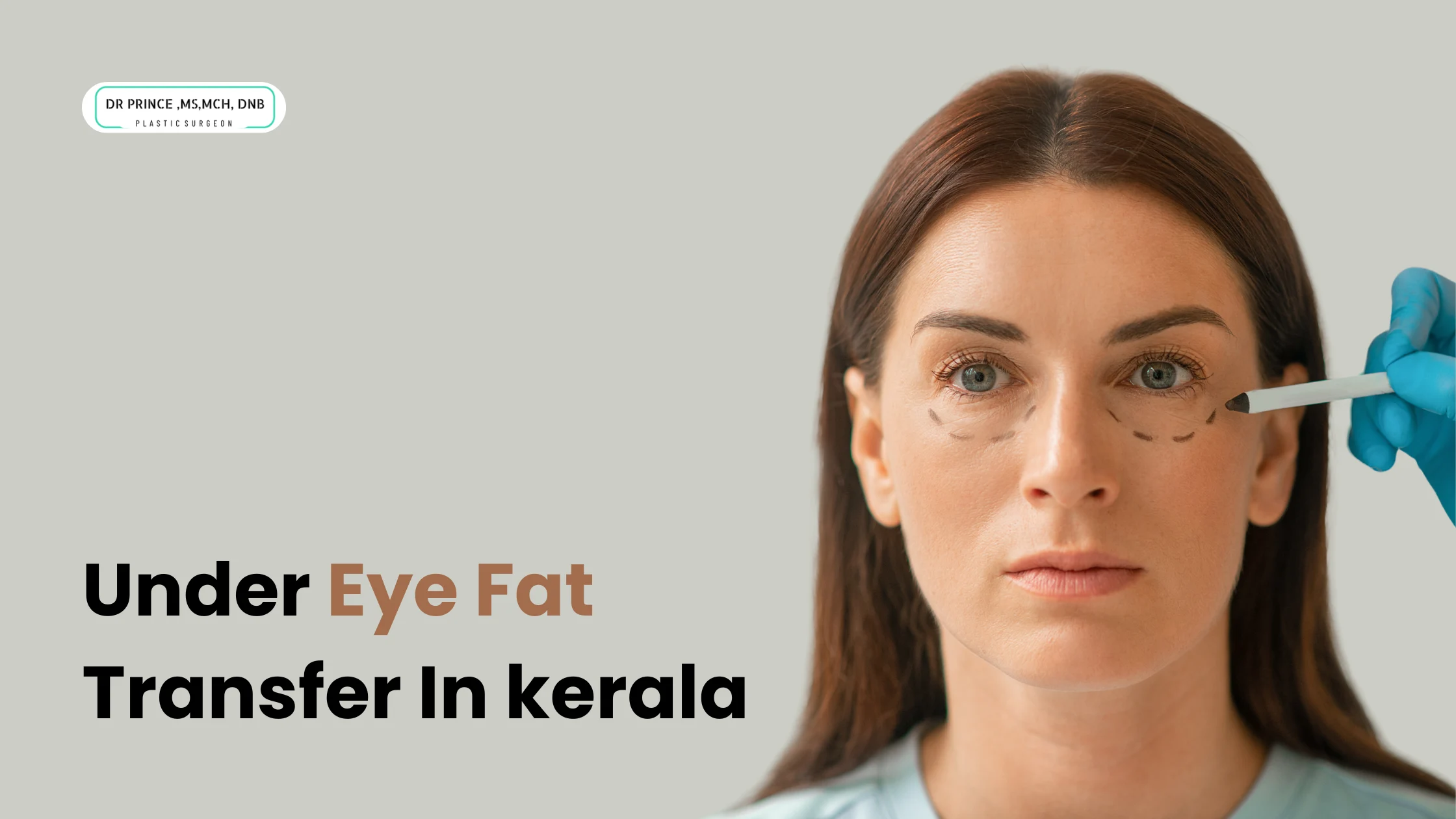person’s hair is an important part of their identity. A head full of luxurious hair can signify many things, including good health, youthfulness, confidence, and attractiveness. It can provide a step up at many important times, such as key social and work situations.
Thus, when a person begins to lose their hair, it is a major cause for concern. Finding that regions of the hair are thinning – and even discovering bare regions of the scalp – can be a very frustrating, worrisome, and stressful experience.
However, the battle against hair loss does not have to be an uphill fight. There are a number of options for hair regrowth, and none is more PREDICTABLE AND TIME TESTED than FUE hair transplantation. FUE hair transplantation is the state-of-the-art hair-growth solution that many men and women have been searching for.
CAUSES OF HAIR LOSS
There are many causes for hair loss in men or women.
- Main cause: For most men suffering from hair loss, the cause is hereditary androgenetic alopecia, more commonly known as ‘male pattern baldness’. The presence of the hormone, dihydrotestosterone (DHT), in a genetically susceptible man, is responsible for this problem.
- Less Common Causes: Other causes, which are reversible with treatment, include thyroid disease, iron deficiency, high fever, surgery or general anaesthesia, crash diets, childbirth and the side effects of certain medications.
- Skin related Causes: There are also certain dermatologic scalp disorders that can result in temporary or permanent hair loss, such as lupus and lichen planopilaris (autoimmune diseases causing skin inflammation and tissue damage), and alopecia areata (patchy baldness).
TACKLING THE MYTHS OF HAIR LOSS
- Hair loss is NOT caused by poor circulation, clogged hair follicles, frequent shampooing, the wearing of hats and helmets, or the presence of mites.
- It is important to remember that most adults lose approximately 75-125 hairs from their scalps every day due to the natural process. As long as the process remains balanced, the number of hairs on the scalp remains constant.
- Stress is thought to accelerate already genetically programmed hair loss. However, it probably does not cause hair loss by itself without the necessary genes and hormones.
Making the decision for a hair transplant. As soon as the hair loss problem has been identified, most doctors advise starting medical treatment of hair loss at the earliest. The first line of treatment usually consists of multivitamin supplements containing Biotin, and serum containing concentrated growth factors and peptides. If the candidate does not show desired results, then medicines such as finasteride and minoxidil are started for men with hair loss to help preserve or partially reverse thinning hair.
Even if a patient decides to proceed with surgical hair restoration, medical treatment may slow or prevent additional hair loss in the future. Patients may have hair restoration surgery at any age after the early 20s, but the optimum age for surgery differs from patient to patient depending on various factors. Most patients have their first procedure while they are not yet completely bald, so that they can use existing hair to help camouflage the procedure. However, as hair loss tends to be both gradual and progressive, it is often unwise to start surgical treatment in a patient who is too young.
FOLLICULAR UNIT EXTRACTION (FUE) & TRANSFER
Modern techniques of surgical hair transplantation can very effectively restore lost hair and replace or reshape your hairline with your own natural, growing hair, which needs no more care than the ordinary washing, styling and trimming you have always done.
Hair transplants can be used to fill in the front hairline and thicken the front half of the scalp, and medical treatments can be used to maintain hair behind the transplants and to possibly enhance the long-term results of surgery. Our hair restoration surgeon Dr Prince will work with you to design an individualized plan to fulfill your specific needs.
WHAT TO EXPECT DURING THE CONSULTATION?
The elements that our hair transplant surgeon assesses to determine whether you are a good candidate for surgical hair restoration include the following:
- Your general state of health
- The hair’s texture— fine or coarse
- The contrast between your hair color and skin color
- The density i.e. the number of hair follicles per square inch of the hair in the donor area
- The size of the area to be covered
- Size of the donor area
- Whether or not previous grafting procedures have been done
- Your goals and expectations
Making an accurate diagnosis and making treatment recommendations require a thorough examination by our hair transplant surgeon and a frank discussion of the pros and cons between the patient and the surgeon.
WHAT TO EXPECT BEFORE THE PROCEDURE?
You will be advised to stop smoking at least four weeks before surgery. Besides, Dr Prince shall advice you to avoid certain medications such as Aspirin (blood thinning agents). You might be advised to cut the hair short in the donor region of the head from where they intend to harvest the hair follicles so that they are able to see the scalp without much difficulty during the procedure (essentially the whole of your hair)
HOW IS THE PROCEDURE PERFORMED?
Follicular Unit Extraction and transfer can take between 3–8 hours. The exact amount of time that the procedure will take will depend on each patient. Procedures like these tend to take more time because they involve precise, gentle, and careful movement of grafts to new locations. The more precise the process, the greater the likelihood that the grafts will survive and thrive in their new spots on the scalp.
Dr Prince performs Follicular Unit Extraction using local anaesthesia on an out-patient basis (in a dedicated sterile environment), often with some supplemental oral or IV medication for sedation. Because of this numbing of the region and relaxing of the patient, there is typically little discomfort during the surgical procedure. You can arrive in the morning and can have your procedure completed by afternoon.
Unlike the strip method (FUT), in FUE, individual hair follicles are extracted directly from the DHT (hormone) resistant areas on the sides and back of the scalp. The individual follicular units are harvested one at a time using a tiny punch ranging between .7 and 1 mm in size. The punch tends to envelope the follicular unit, while separating it from the surrounding tissue. This unit is then extracted, held by a forceps that grips the hair above the surface. You will typically have hundreds and thousands of small scars that are almost unnoticeable to the normal eye.
This harvesting method is gentler than the methods used in past hair-transplantation procedures. When these older harvesting techniques were performed, there was often an unnecessary degree of damage to the hair follicle grafts. Damaged grafts are not healthy, which leads to a lower rate of retention of grafted hair follicles. With healthier hair grafts, results can be much more desirable.
The grafts are carefully placed into the recipient balding areas of the scalp. Grafts that are not immediately transplanted are placed in an appropriate tissue holding solution.
The recipient sites, where the grafts are placed on top, are essentially small, superficial needle holes in the skin of the scalp. Virtually, no scar will be visible. Normally there will not be any dressing after the surgery.
WHAT TO EXPECT AFTER THE HAIR TRANSPLANTATION?
At the conclusion of the procedure, the surgeon usually checks the final placement of the grafts, and the doctor or an assistant then explains the postoperative instructions, which are usually supplied in written form as well.
There will be minimal bleeding after surgery in the donor as well as recipient areas that stops with minimal compression. Take great care with the area during the healing process in order to preserve the results of the grafting process. Antibiotics and analgesics will be given for 5 days. Patients are usually advised to take mild shampoo bath from 5th day. Medical management will be started by our dermatologist after a month. Within 24 hours small crusts will form on each graft, which are then shed in approximately 4–14 days. The grafted hair will often start to grow by 10 –16 weeks after the procedure and will continue to grow.
The patient must understand that transplantation redistributes existing hair follicles and cannot create new hair follicles.
ADVANTAGES OF THE “FOLLICULAR UNIT EXTRACTION” OVER “FOLLICULAR UNIT TRANSFER” TECHNIQUE.
- No linear scar in the scalp
- Quicker healing time for the patient
- Reduced pain in the donor area
- Preferable in those with a tendency to scar (especially Asians)
- Useful for those needing only small number of grafts
- Less post operative discomfort for the patient
WHAT ARE THE RISKS ASSOCIATED WITH FOLLICULAR UNIT EXTRACTION AND TRANSFER?
Hair transplantation is a relatively safe procedure in the hands of the right hair transplant surgeon. There are minor complications like infection and bleeding that might occur, but these can be addressed. Contact us if any complications occur.









